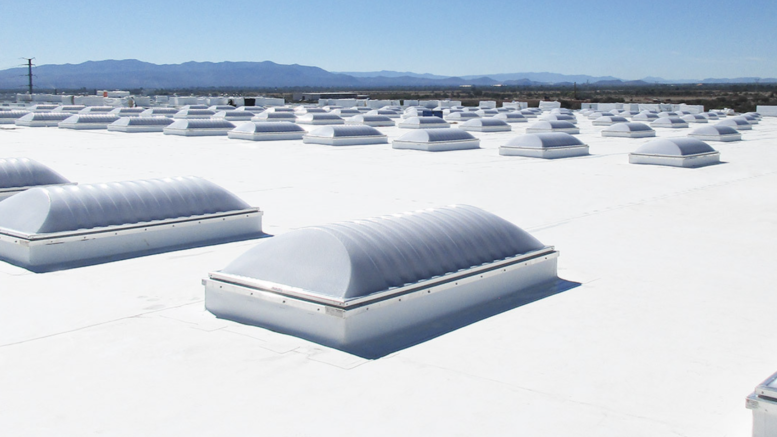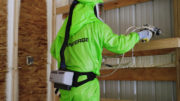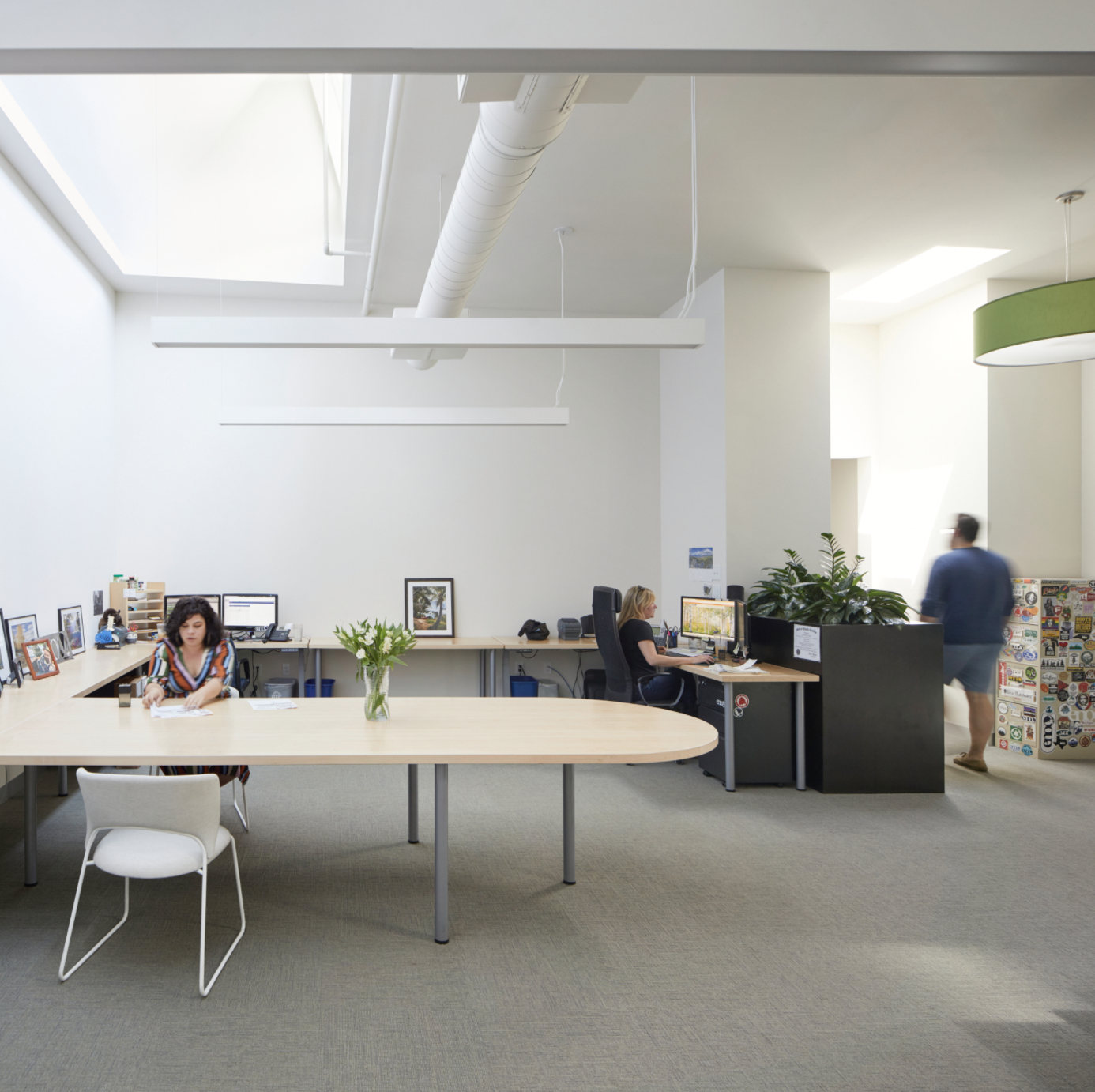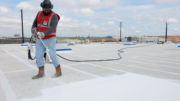As spring approaches, there is more sunshine to enjoy — even indoors. For building occupants, studies suggest that exposure to sunlight improves building occupants’ mood, productivity, and overall well-being. Studies also suggest that daylit retail spaces can support higher sales than those using artificial lighting. These benefits present an opportunity for commercial building owners and architects to maximize the usage of natural light in their building designs.
One way that daylight can be maximized on a commercial building is through a technique called daylighting. Daylighting is the use of properly dispersed sunlight to provide indoor lighting during the day, leading to energy and cost savings. This is done by designing the building to properly position windows and skylights to maximize the benefits of daylighting. Additionally, using solar power during daytime hours provides building owners with an energy-efficient alternative to artificial lighting generated by electricity and fossil fuels.
Tax Incentives
To encourage the installation of energy-efficient technologies in new and existing buildings, the U.S. Federal Government created the Energy Policy Act (EPAct) 179D Commercial Buildings Energy-Efficiency Tax Deduction. The EPAct 179D tax deduction became permanent with the Consolidated Appropriations Act of 2021. The recently passed Inflation Reduction Act of 2022 includes notable enhancements to the 179D deduction.
With the new changes to EPAct 179D, nonprofit buildings and government buildings are now within the scope of this tax deduction for qualifying projects. Additionally, architects who include skylights in commercial building designs can contribute to their clients’ eligibility for EPAct 179D. With the new changes for 2023, this deduction increased significantly from up to a $1.88 tax deduction per square foot to up to a $5.00 tax deduction per square foot of the entire footprint of a roof — not just the area covered by skylights. Alternatively, as of January 1, 2023, to receive the credit, building owners must prove at least a 25% reduction of power, or 50% for tax years before 2023, resulting from the addition of skylights, compared to a building meeting minimum requirements set by ASHRAE Standard 90.1. Previously, the maximum 179D deduction could only be taken once over the life of a building. With the passage of the IRA, the maximum deduction is now available every three years on a commercial building and every four years on a government, not-for-profit or Tribal Government building. Other energy-efficient improvements for commercial buildings that qualify for deductions include heating, cooling, ventilation and the building envelope.
New Construction Opportunities
For new commercial buildings, architects should design the building’s orientation to leverage daylighting for their clients, which will reduce the building’s energy burden and dependence on fossil-fueled artificial lighting. When determining which skylight is best for your building’s design, it’s important to find an option that maximizes daylighting potential while maintaining an aesthetically pleasing design. Prismatic skylights do just that, leveraging the power of the sun by maximizing visible light penetration, with 100% diffusion, to disperse the optimum amount of glare-free natural light inside a building during the day.
Although installing skylights in a commercial building can feel like a significant added expense, architects and roofers should educate building owners about the tax deduction opportunity, energy savings and the potential for higher revenue this investment will return.
Author’s note: Holcim and its affiliates (including Elevate) do not provide tax, legal, or accounting advice. This material has been prepared for informational purposes only. You should consult your own tax, legal and accounting advisors.
About the author: Eric Frame is senior product manager with Holcim Building Envelope. He has more than 15 years of progressive experience in marketing, sales, and general management across a wide variety of industries. Frame earned an MBA from Miami University and a bachelor’s degree from the University of Illinois, Urbana-Champaign. For more information, visit holcimbe.com.






Be the first to comment on "Bringing Natural Light — and Tax Savings — to Commercial Buildings"